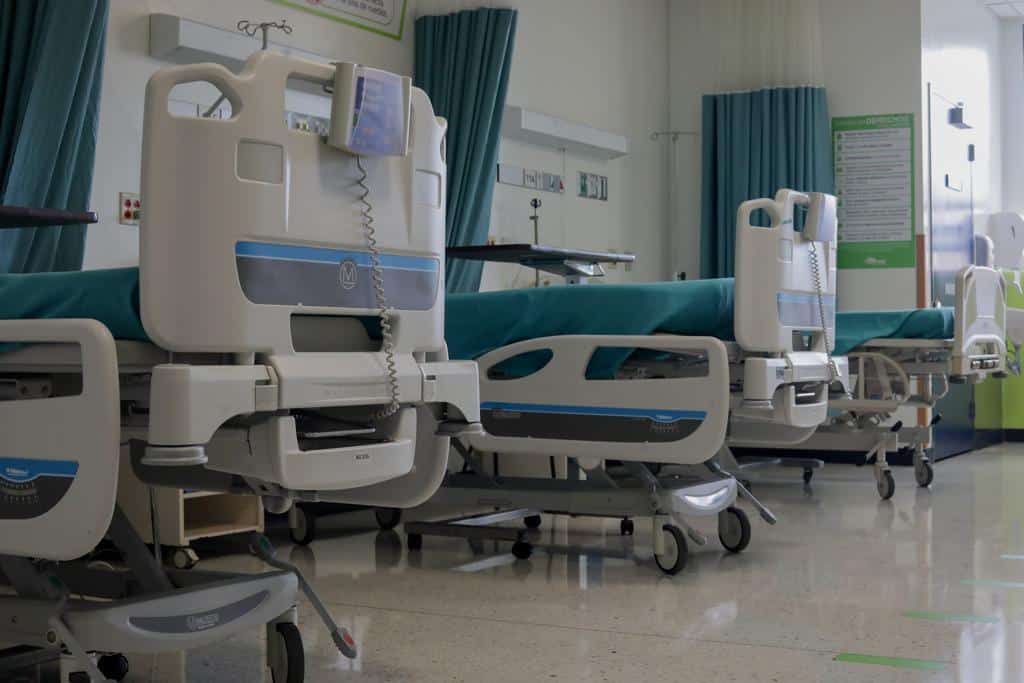A 23-year-old man in Costa Rica became the first in Latin America to receive an esophagus replacement using material from his small intestine, said the Costa Rican Social Security Fund (CCSS), the entity in charge of the country’s public health system.
“In Latin America, according to the research we did, this is the first time (this surgical process has occurred). At the Favaloro Institute in Argentina there was a small intestine transplant, but it was not the same surgery,” explained the chest surgeon Renato Brenes, member of the medical team.
A group of 20 specialists, comprising a microsurgeon, intensivists and anesthesiologists, among others, carried out the 12-hour surgical process in August.
The information was made public September 30 after confirming the positive evolution of the patient, whose name was not revealed.
The doctor Ricardo Alfaro, also a thoracic surgeon, pointed out that traditionally esophageal replacement is performed with the patient’s stomach or colon, but in this case the stomach was injured and intervening on the colon was inconvenient given the characteristics of the case.
The patient had an acquired condition (not from birth) in his esophagus and stomach, considered “irreversible” and “progressive” and which prevented him from eating.
“His quality of life was not good and his future was to be fed by a tube,” Alfaro explained.
For this reason, the specialists decided to use the jejunum (the viscus of the small intestine) for the operation.
“The risky part of the procedure consisted in removing the damaged esophagus and stomach and in its place placing another organ, in this case a segment of the small intestine,” Alfaro said.
The intervention consisted of joining the blood vessels of one organ with those of another, “something similar to a transplant and that was quite a challenge,” he added. “In addition to that, several fragments of the thoracic wall had to be cut and the intestine continued at the abdominal level.”
According to Brenes, the patient can already eat food normally. In a press release, the patient expressed satisfaction with his speedy recovery.
“Shortly after the surgery I began to eat food and could tolerate it well, but in very little amounts (…). As time went by, I was eating a little more each time until it was time that I could eat twice as much what they served me,” he said.
“I cannot run a marathon, but I can walk. Everything was improving in a few days, I can walk at ease, without having to take slow steps,” he added.
Gordon Lee, director of microsurgery at Stanford Healthcare, says “total esophageal reconstruction using the small intestine is a difficult procedure,” but that the organ has several qualities that make it a suitable alternative for reconstructing the esophagus. For example, it’s relatively disease free and closely resembles the diameter of the esophagus while maintaining flexibility.






